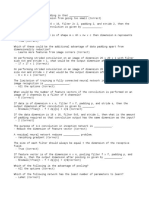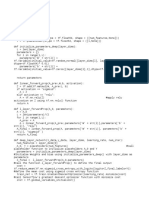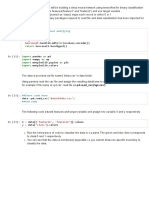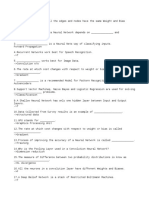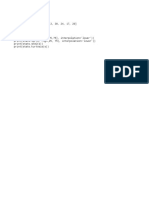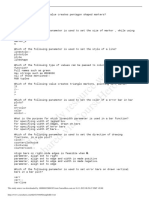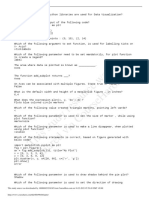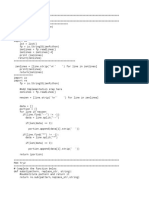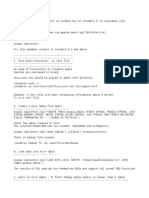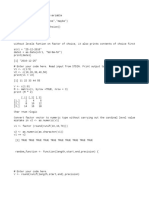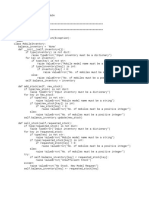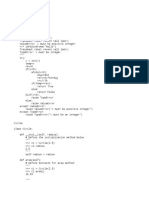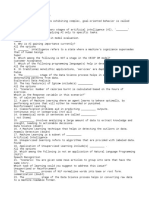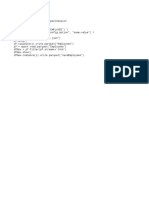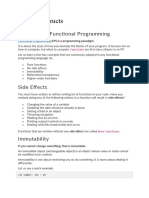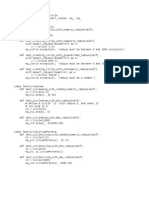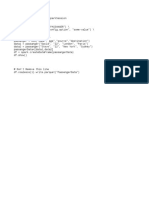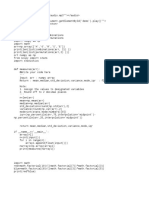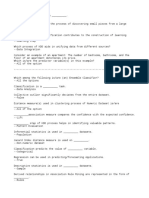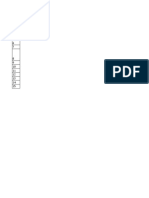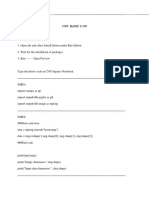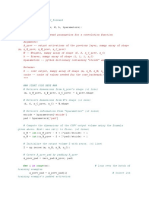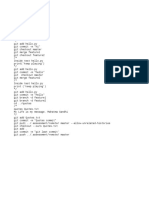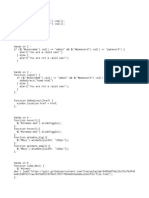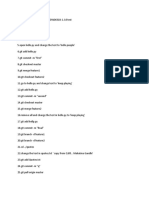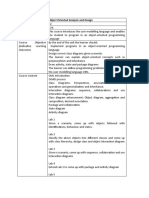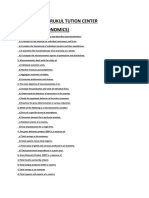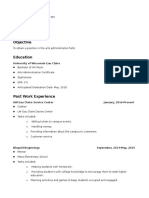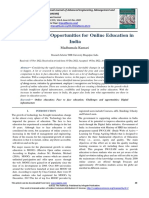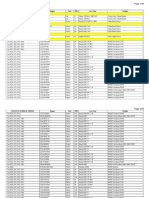100% found this document useful (1 vote)
3K views5 pagesCNN Numpy 1st Handson
This document provides instructions for implementing basic CNN operations like padding, convolution, pooling using NumPy. It includes code snippets to perform:
1. Zero padding on input data
2. Convolution using a defined filter in a strided manner
3. Edge detection using a predefined filter
4. Max pooling on the convolved output
The document contains detailed comments and code cells to implement these CNN layers step-by-step and visualize the outputs to verify the implementations.
Uploaded by
John SolomonCopyright
© © All Rights Reserved
We take content rights seriously. If you suspect this is your content, claim it here.
Available Formats
Download as PDF, TXT or read online on Scribd
100% found this document useful (1 vote)
3K views5 pagesCNN Numpy 1st Handson
This document provides instructions for implementing basic CNN operations like padding, convolution, pooling using NumPy. It includes code snippets to perform:
1. Zero padding on input data
2. Convolution using a defined filter in a strided manner
3. Edge detection using a predefined filter
4. Max pooling on the convolved output
The document contains detailed comments and code cells to implement these CNN layers step-by-step and visualize the outputs to verify the implementations.
Uploaded by
John SolomonCopyright
© © All Rights Reserved
We take content rights seriously. If you suspect this is your content, claim it here.
Available Formats
Download as PDF, TXT or read online on Scribd
/ 5

